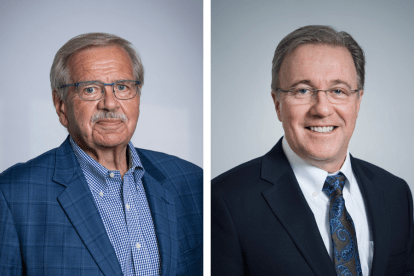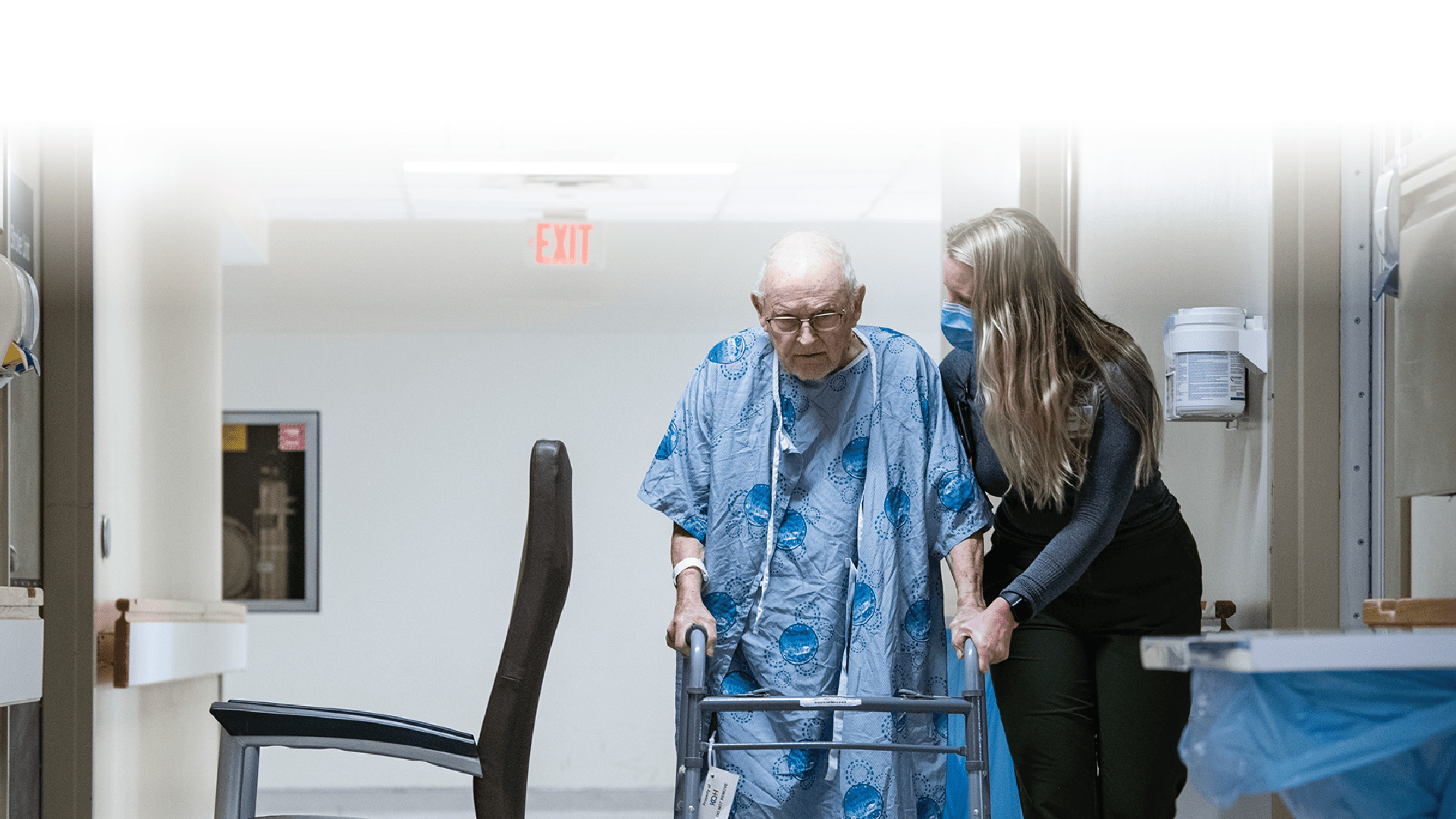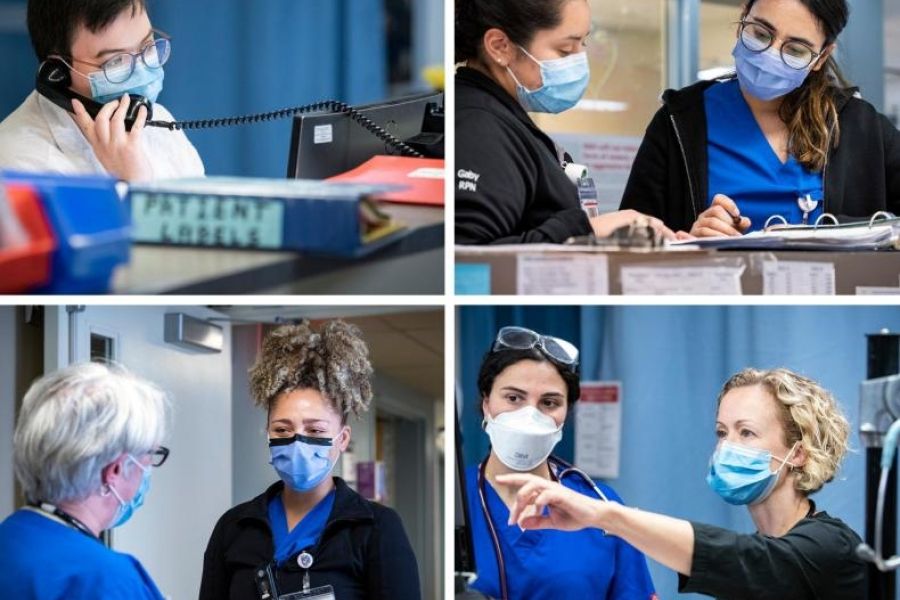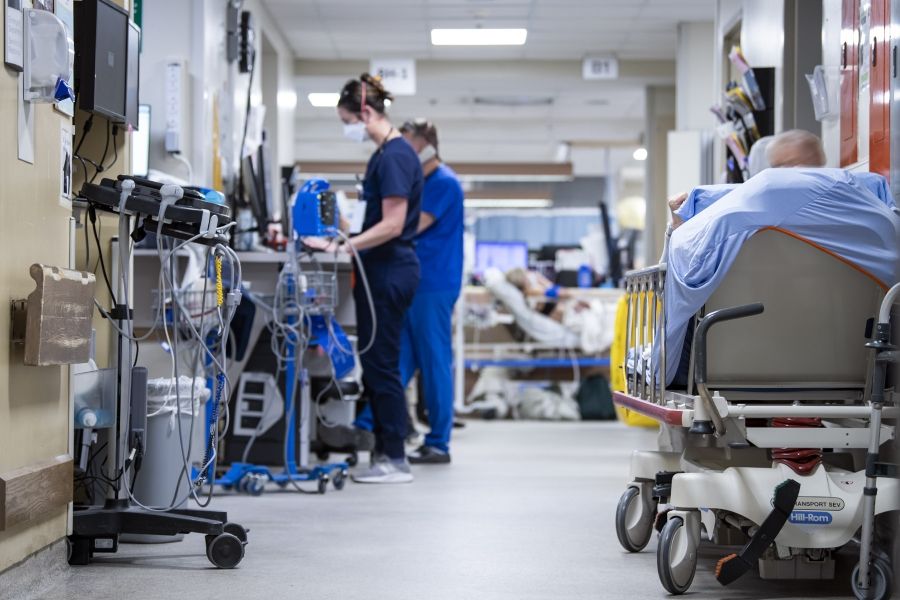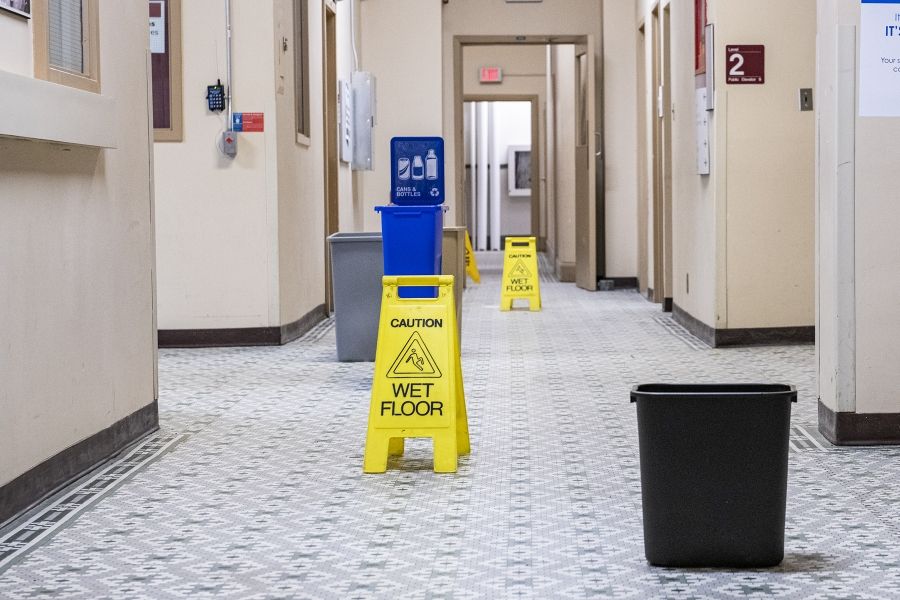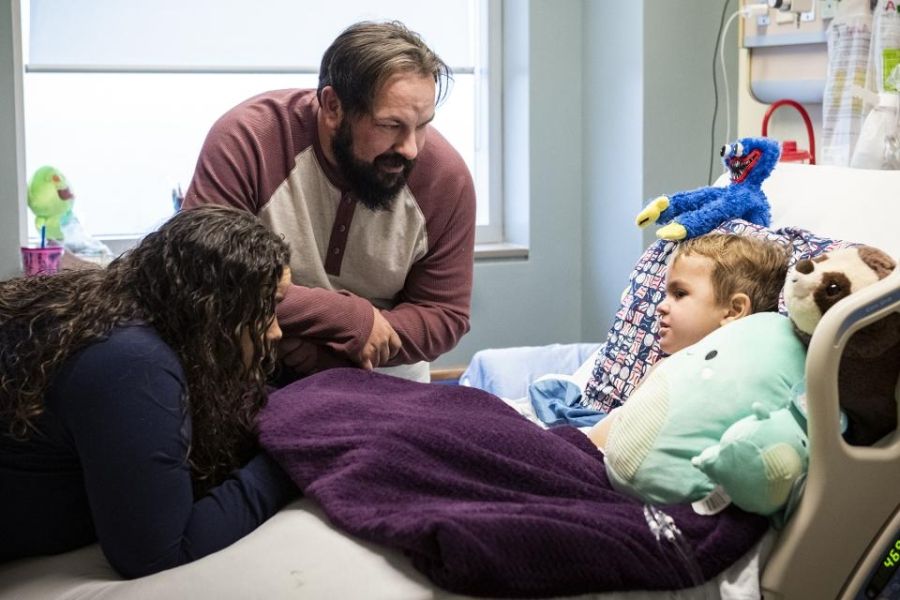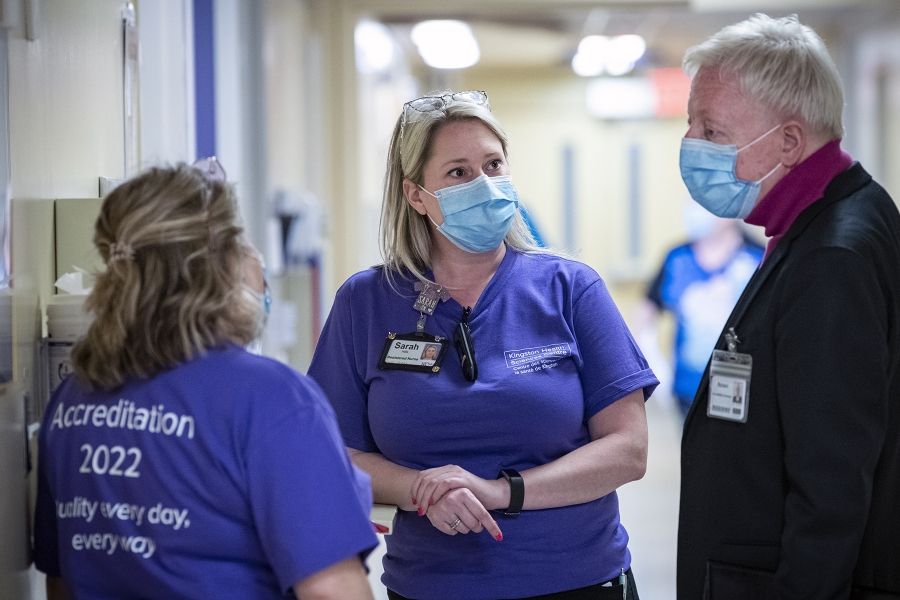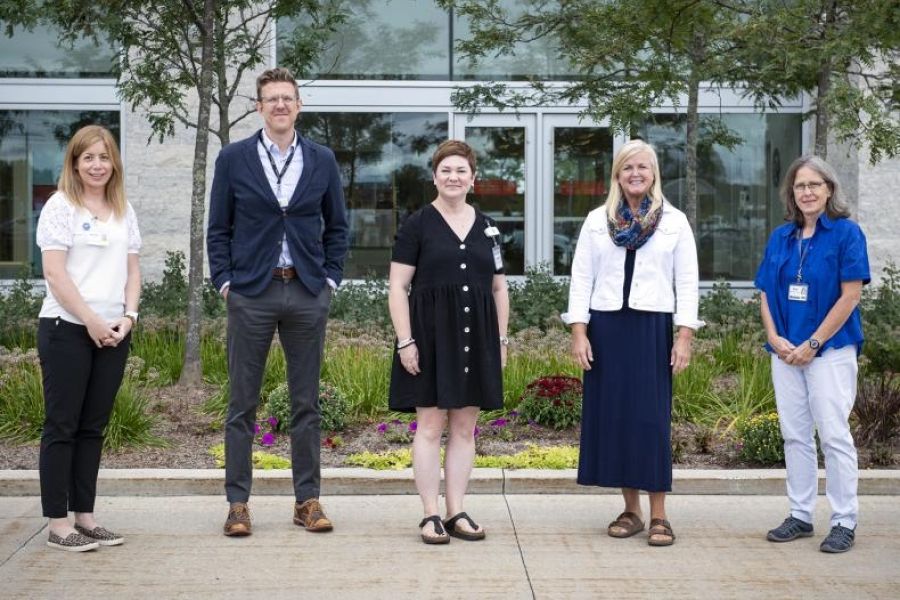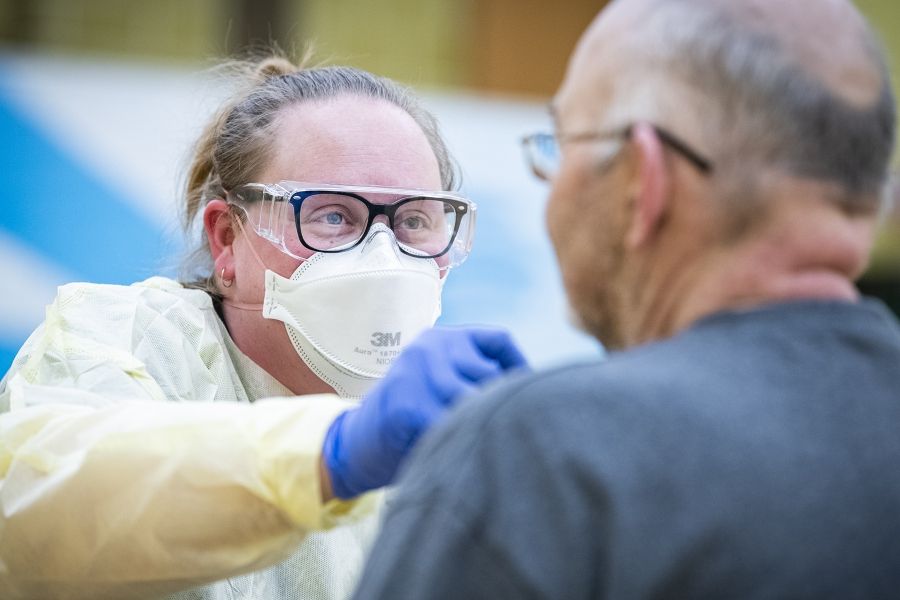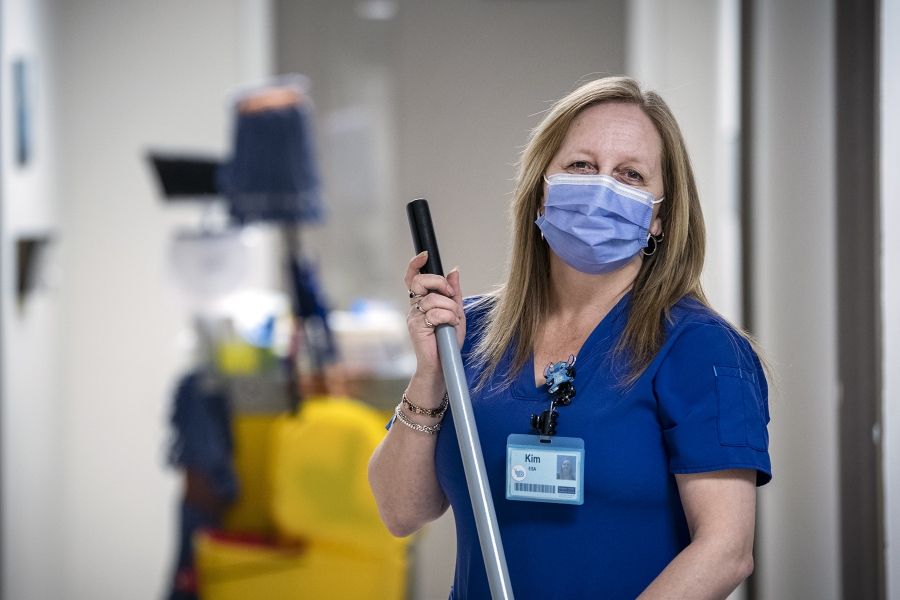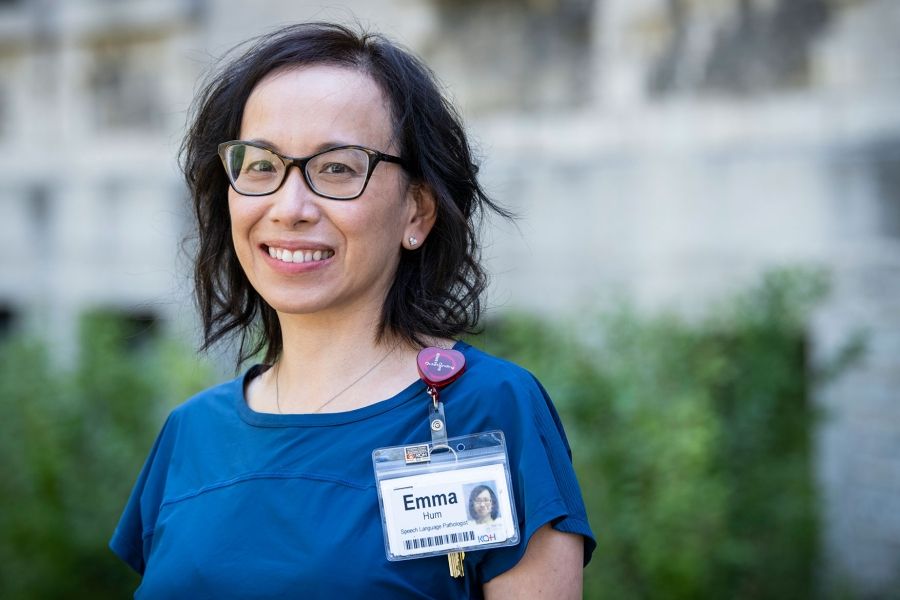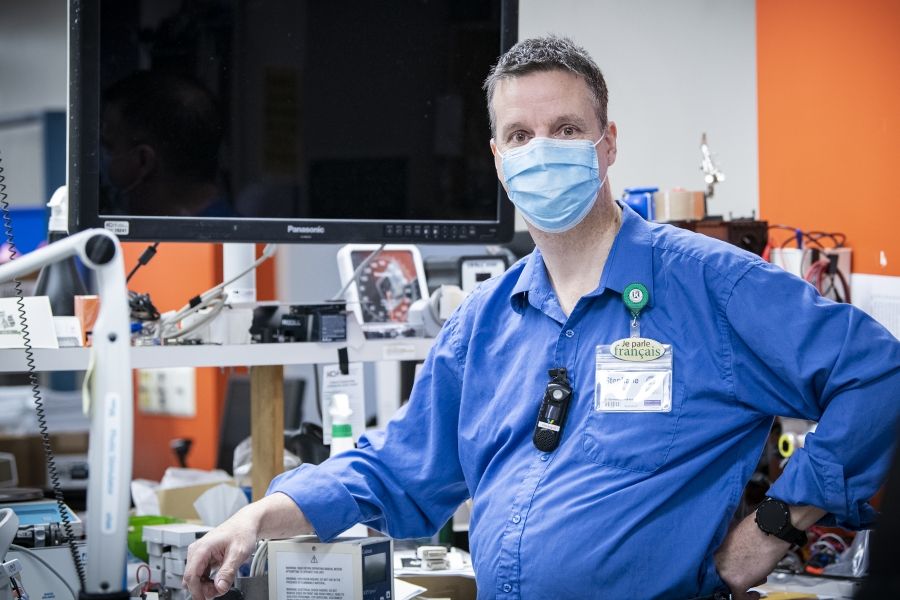KHSC was not immune to the biggest pressure facing hospitals across the country – a shortage of skilled team members to provide the care needed by surging volumes of patients. Our teams were nimble, and found new ways to provide care, welcome new recruits, and creatively support patients in finding the right care in the right place.
We also marked some milestones indicating the winding down of the COVID-19 pandemic, most notably, our local Assessment Centre closing its doors after three years of supporting the community. While we still aren’t completely through the pandemic, this is certainly a sign of good progress in the fight against COVID-19.
And yet, despite the challenges that were out of our control, we banded together to demonstrate our excellence during another visit from Accreditation Canada. It should be a point of pride for everyone that KHSC was awarded exemplary status – the highest award possible – reaching 100 per cent of benchmarks in key aspects of quality and safety.
We’ve also continued to make strides in our role as a valued partner, supporting projects that will change the way people in our region receive care. Our people are playing an integral role in the shaping of Lumeo, a transformative clinical tool that will allow all six of the hospitals in southeastern Ontario to have the same insights into a patient’s history and needs. Likewise, many of our experts are contributing to the Frontenac Lennox & Addington Ontario Health Team and offering input into projects like supporting access to primary care teams, managing mental health and addictions, and aging well at home.
It’s our pleasure to capture some of the highlights of the year behind us in this annual report and share stories showcasing the many ways our people are Transforming care, together.
Axel Thesberg
Board Chair, KHSC
Dr. David Pichora
President and CEO, KHSC
One of the hallmarks of the year were the challenges that came our way as the health care system continues to adjust to the slowdown of the pandemic. Through it all, our people pulled together and made sure that patient care was uninterrupted.
Health-care staffing shortages continue to impact hospitals and health-care organizations across Canada, including KHSC.
While efforts to recruit new staff attracted hundreds of people last year, we still have a way to go. A few of the new recruits shared what they love about working in health care, including an internationally educated nurse who said: “My key to happiness at work is being truly invested in helping others & working in an environment where I can continually grow and learn."
We were faced with tough decisions such as occasionally closing a section of the emergency department (ED) to consolidate staff and physicians where they are needed most, and capping the number of patients seen daily at the Urgent Care Centre (UCC).
A public campaign was developed to help reduce the number of non-serious visits to the ED from June to October, the busiest months for this level of care. The web page RightPlaceRightCare.ca aims to strengthen connections to primary-care providers and maximize the use of community-based services by outlining alternatives to seeking non-urgent care at the ED and UCC.
During a bout of extreme cold weather last February, a sprinkler standpipe rupture led to extreme levels of flooding impacting several units at our HDH site.
Although the flood forced many temporary closures, the impact patients and staff was minimized thanks to quick response of many teams. As we look to the future of KHSC, we are hopeful that we can find a solution through updating our master plans that allows our teams to dedicate their expertise to providing patient care rather than managing infrastructure emergencies.
When Stephanie Rutherford’s four-year-old son Remy got sick, she would have never imagined they’d be laying in a hospital bed nearly 400 kilometers from the family’s home in Southern Ontario.
The Rutherfords were one of more than 25 families transferred to KHSC when we stepped up to support the provincial effort to care for record number of sick children in Ontario last fall. To support the provincial surge, our Pediatric Critical Care unit began operating at 200 per cent capacity while the inpatient pediatric unit expanded to operate at 150 per cent capacity.
Despite the challenges facing our teams in 2022-23, our teams persevered and made impressive accomplishments - continually putting KHSC on the map as a leader in the system.
KHSC was awarded Accreditation with Exemplary Standing by Accreditation Canada, the highest designation possible through the hospital accreditation program.
We met 100 per cent of the Required Organizational Practices and received a 99.3 per cent compliance rate on the best-practice standards required to provide high-quality patient care. The surveyors singled out numerous strengths across the organization, among them a remarkable response to the COVID-19 pandemic that unfailingly served our hospital, community and region.
KHSC vaulted itself to the front of the pack as a leader in cardiac care by being the first site in Canada to incorporate Abbott's new EnSite™ X EP System.
The new technology allows cardiologists to create the 3D maps of the heart needed to deploy therapy safely and effectively to areas where irregular heartbeats originate. This is especially good news for patients with complex heart rhythm problems, because now, doctors can get a better understanding of how an individual patient’s problem is structured and how to treat it.
Accreditation Canada awarded KHSC its fourth Stroke Distinction Award, meeting 100 per cent of criteria for the first time.
As well, the new fast-track stroke rehab referral process was successfully reviewed by the surveyors. A collaboration between stroke team members from KHSC and Providence Care, the new process cut the time to transfer someone to rehab by up to 62 per cent, improving patients’ access to stroke rehabilitation.
After three years, four moves, and thousands of COVID-19 tests and vaccinations, the COVID-19 Assessment Centre closed it's doors in February of 2024.
“The Assessment Centre has been a transformational part of our response to the pandemic,” says Dr. David Pichora, KHSC’s President and CEO. “It has made a big difference in terms of providing comfort, safety and reassurance to people, especially during a time when we were in unknown territory and there was no playbook to follow.”
We wouldn't be where we are today without the thousands of dedicated people who bring KHSC to life. We consistently recognize outstanding individuals through our People of KHSC column, but would like to introduce a few who made 2022-23 extra special.
As a volunteer, Dorothy Messenger plays a vital role acting as a liaison between patients, families and hospital staff.
“I don’t hesitate to say to a nurse or one of the doctors ‘I know you’re busy but the family is extremely anxious. If somebody could just come out and talk to them it would be really helpful.’ Quite often family members just need to spill everything and sometimes they need a good cry, so I try to be a good listening ear and a shoulder to cry on.”
As a medical radiation technologist with the Interventional Radiology team, Ralph Yeung diagnoses and treats patients using minimally invasive image-guided procedures when caring for stroke patients.
“By physically retrieving the blood clot in the brain under imaging guidance, we can provide a clear picture of the location and extent of a stroke before and after our intervention. Because of the fast pace of these cases where time is brain, we see our team members shine, and to be part of such a skilled team inspires me to be better at what I do.”
There’s a popular phrase professional baseball player Marcus Stroman coined – ‘height doesn’t measure heart’. That’s certainly the case for Kimberley Dickinson.
Standing tall at a mighty 4 feet 10 inches, the environmental services assistant is like a ray of sunshine, beaming positivity. “I always say good things come in small packages. I love to craft and surprise people with the little things I make, just because. Sometimes we have bad days and it’s nice to see my colleagues smile at the little gestures."
Speech-language pathologist Emma Hum has been helping stroke patients regain their ability to swallow safely and recover their communications skills for 20 years.
“This has been my dream job. The whole team collaborates in supporting our patients in their recovery in areas of physical function, vision, cognition, communication, nutrition and emotional health. The best part of my job is seeing a patient eat for the first time or saying ‘I love you’ to their family. Being there for them is the reason I do what I do.”
If a piece of equipment breaks or doesn’t work, it could dramatically impact patient care. That’s where senior biomedical technologist Stéphane Bois comes in.
“We’re not just fixing equipment, I like to say we’re helping people improve process. It’s like this tiny magic behind the scenes and I know we make a difference for the care teams, and we also make a difference for the patients indirectly. If things are flowing properly, then the patient will receive better care.”
